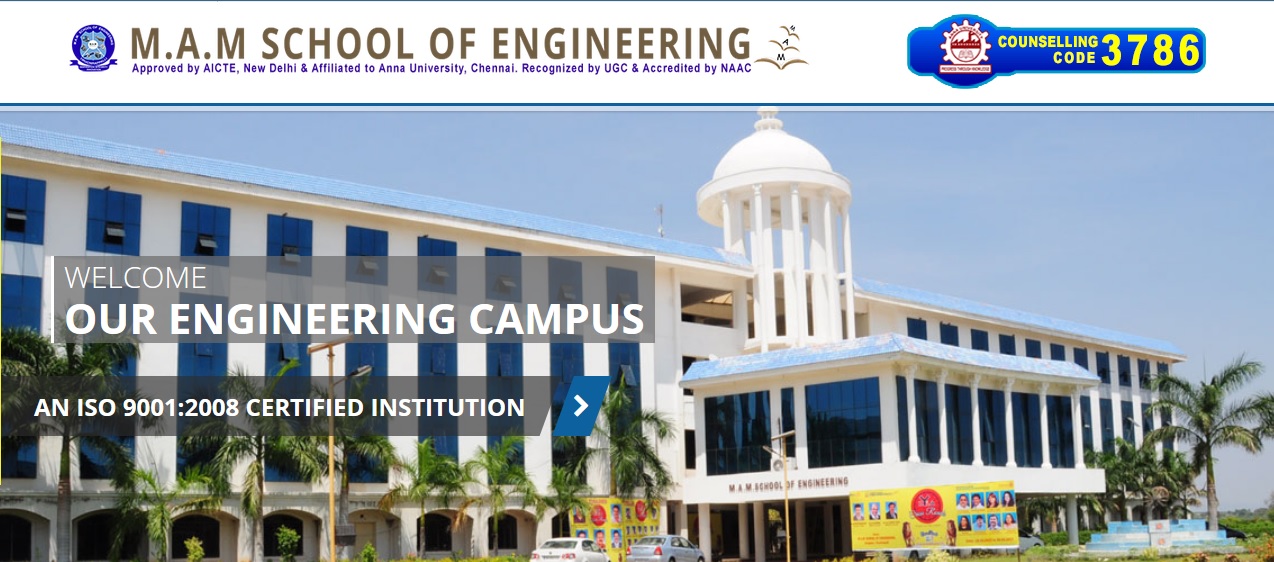AE2303 Aerodynamics B.E Sample Question Paper : mamse.co.in
Name of the College : MAM School of Engineering
University : Anna University Chennai
Subject Code/Name : AE2303-Aerodynamics-II
Dept : AERONAUTICAL ENGINEERING
Degree : B.E
Year/Sem: III/V
Website : mamse.co.in
Document Type : SAMPLE UNIVERSITY QUESTIONS
Download Model Question Paper : https://www.pdfquestion.in/uploads/mamse.co.in/3201-AE2303.pdf
MAM Aerodynamics-II Sample Questions
SAMPLE UNIVERSITY QUESTIONS :
Class: B.E – Vth Semester Subject:
Subject code: AE1303
1. Write the one-dimensional energy and momentum equations for an adiabatic compressible steady flow.
Related : MAM School of Engineering AE2254 Propulsion I B.E Question Bank : www.pdfquestion.in/3199.html
2. What is under-expanding nozzle flow?
3. What are the properties of flow medium on which the velocity of sound through the medium depends upon?
4. Write internal energy equation for one dimensional high speed flow in general partial differential form.
5. What are the properties of flow medium that determine the velocity of sound wave in the medium?
6. Write down the Bernoulli’s equation for compressible flow.
7. Explain zone of action and zone of silence for a body moving at a speed of sound.
8. Explain Mach number spectrum.

9. What is isentropic compressibility?
10. With a suitable sketch illustrate the propagation of waves from a sound source moving at a speed of sound.
11. Why is a convergent divergent nozzle required to expand a flow from stagnation condition to supersonic velocity?
12. Explain the phenomenon of choking in a nozzle.
13. Explain why a converging diverging configuration is required for the acceleration of flow from subsonic to supersonic conditions (8)
14. What are the flow losses that are suffered by a compressible flow in variable area ducts? How does the back pressure affect the losses? (8)
15. Derive an expression for choked mass flow rate through a converging diverging nozzle in terms of total pressure, total temperature and throat area. (10)
16. Sketch the pressure variation along the centerline of a converging diverging nozzle for optimum expansion. What is the influence of back pressure on this variation? (6)
17. Obtain an expression for velocity of sound on terms of specific heats and local temperature in air medium from one dimensional continuity, momentum and energy equations. (8)
18. Derive relationship between the ratio of stagnation pressure to static pressure and Mach number for an isentropic flow. Derive similar relations for temperature and density ratios. (8)
19. Derive a general expression for the speed of sound in a compressible gas from first principle. (10)
20. Derive an expression for the correction factor to be applied to pitot-static probe readings in compressible subsonic flows. (6)
21. Derive energy equation for one-dimensional steady compressible flow from first principle. Deduce the isentropic relation between stagnation and sonic conditions for temperature, pressure and density. (10)
22. Air flow is discharged to sea level atmosphere through a sonic nozzle. If the air storage pressure at the reservoir is 40×105 N/m2, determine the pressure, temperature density at the exit of the nozzle. Assume that the reservoir air is at ambient temperature. (6)
23. Derive an expression connecting area and velocity variations with Mach number for a one-dimensional compressible flow. (8)
24. Explain with suitable sketches the effect of pressure ratio on flow in a Laval nozzle.(8)
25. Sketch the pressure variation along a Laval nozzle for different back pressures. (6)
26. An airplane flying at 1500 kmph at an altitude where the pressure and temperature are respectively 3×104 N/m2 and -50 degree C. Calculate the pressure, density and temperature at the leading edge of the wing. (10)
27. What is expansion hodograph?
28. Give any two practical examples of interaction and reflection of shock waves.
29. Under what conditions an attached shock wave to solid body like wedge is detached?
30. What is shock polar?
31. Bring out two important differences between Rayleigh Flow and Fanno Flow.
32. What is Rayleigh correction formula for pressure measurements in supersonic flows?
33. What are the applications of Rankine-Hugoniot relation?
34. How is the strength of a shock wave determined in a supersonic flow? 3
35. Bring out any two important differences between shock waves and expansion waves in a supersonic flow.
36. Illustrate Prandtl-Meyer expansion round a convex corner with a neat sketch.
37. What is Rayleigh’s correction for total pressure measurement in supersonic flows? Why is the correction required? (8)
38. With a neat sketch, explain Prandtl-Meyer expansion. Derive an expression for Prandtl- Meyer function. (8)
39. Bring out the essential differences between Rayleigh flow and Fanno flow. Give at least two examples for each type of flow (8)
40. With a neat illustration distinguish between reflection and refraction of shock waves. (8)
What are the flow losses suffered by compressible flow by variable area duct?